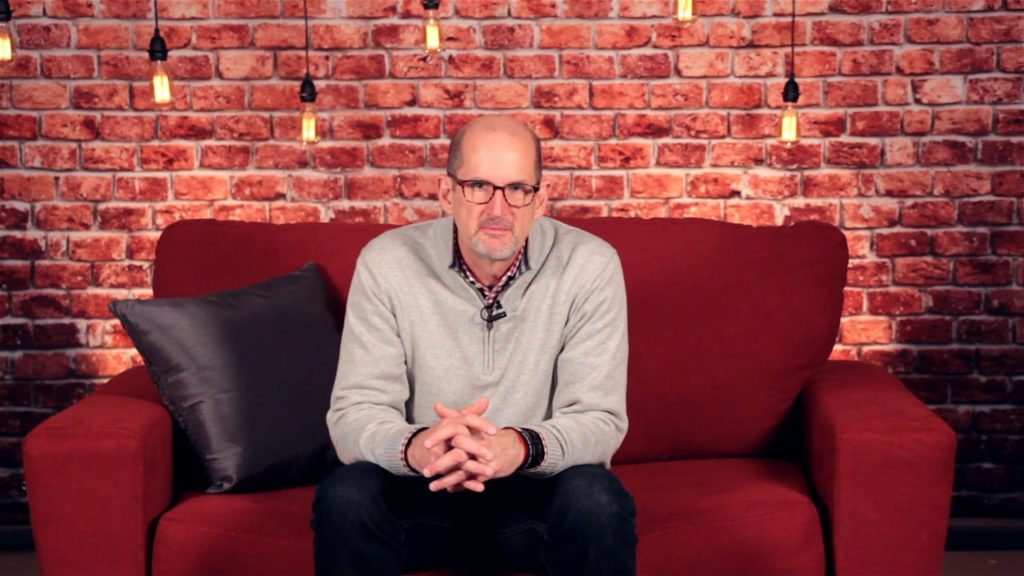I am not a church planter.
Most of you probably know that.
I pastor what has been called by various entities an “established church,” a “legacy church,” an “historic church,” and other things. Basically, I pastor an older church. Our church was founded in 1921. I guess it was planted then, but no one was really using that term back in the 1920s.
After decades of systematic growth featuring steps forward as well as steps backward, celebrations and crises, transitions and traditions, and all that a church of almost one-hundred years would face, we are a church that not only believes in church planting, but has taken steps to resource new pastors and church planters and help them find footing in the region they are planting.
We don’t really have to do this. I have discovered that many churches our age just do not bother with the church planting process that has been popular in western Christianity for the past decade or so. It is not that these other churches see no value in church planting (I hope), but that they just have never done so, never felt God’s lead to emphasize it, have many other things requiring funding and decisions, etc., so that church planting is just not on their radar.
I’m not faulting the churches my brothers pastor, because I get it.
It Seems Like a Trend
Church planting seems like a trend. Trends come and go. For some it seems like the latest “church growth strategy” that is just the next phase in a long history of starts and stops and programmatic church events, emphases, and functions.
Yet, for me, for our church and network of churches, something happened a number of years ago that helped us realize that church planting and supporting new work cannot be optional for a healthy church (and I am talking about a healthy established, legacy, or historic church like ours.)
You see, my natural tendency is to be self-focused, to look inward, and when deciding whether or not to do something, or to invest in something, I ask “How does this affect me?”
The local church is like that as well. Church planting is touted by many as right, needed, and necessary (I have said that) but for most churches, it is very difficult to come to grips with the reality that to support a church planter means initial loss. There’s really no way around this.
Let’s just say you are the pastor or a leader at a healthy, established church. You aren’t perfect. Your church isn’t either, but it’s a good church.
A man in your church, perhaps a small group leader, elder, or deacon comes to you and shares with the church family that he and his wife feel God’s leading to leave the fellowship and plant a new church. In this scenario, let’s say that the new church is in the same region, maybe in the same community.
It is clear to you that this brother is not seeking to leave your church because he is upset. He is humble. He is godly. He does not have a negative or unbiblical agenda. He is not telling others (or even thinking) “I can do better than our pastor.” He is not speaking badly about the style of worship, the translation of the Bible used, or the dress code expected at your church. In other words, he is sincerely seeking to follow God’s lead and believes God desires him to plant a new church in the region. He comes to you for your blessing. You give it.
When he leaves, the practical losses will begin to add up. Likely, some who attend and tithe to the church you pastor will leave with him to support him, either for a short time or for the long haul. If your church decides to support and send him, you will be giving church members the “go ahead” to leave with him and you will likely send financial support as well, at least initially.
Not only has your church lost people who normally worship with you and serve at the church, you will be losing some money that previously was earmarked for other things.
And… you have to find a new small group leader and perhaps others to step into the roles he and his wife filled previously.
No wonder some churches push pause when being encouraged to plant churches and support planters.
And, I’m giving an example of a great experience.
When our church began to seek God’s will regarding church planting, we did not know exactly what that would entail. North American Mission Board was shifting to send people to key urban areas in North America — now 32 “Send Cities.” I connected with a few leaders in such cities and began to see that there was much work to be done for the Kingdom in our nation. The concept of the Bible Belt was a façade and I knew it, but these connections affirmed it.
Then, one of our deacons and his wife (who served on our church staff) shared that God was leading them to go serve in one of these cities as support for church planters. We had talked about it earlier and I knew this was potentially something God was doing in their lives. Sure enough, a few years back they relocated to Toronto where they serve Toronto Church Planting and a network of planters with North American Mission Board’s Send Network. While we haven’t had anyone else uproot to move there with them, we do have a number of church members who have visited and give regularly, in addition to budgeted funds, in support.
This began a more intentional story for our church. Now, in addition to Toronto, we support (we’re not the only supporters and we can only do little for some) planters in Portland, Ore.; Washington, D.C.; Orlando, Fla.; Leesburg, Fla.; and soon in New York City.
It costs. It costs time, resources, and people.
We Cannot Afford to Plant Churches
Though we have been immensely blessed by God, and as of December 31, 2019, we are debt-free for the first time in over forty years, the facts are that we cannot afford to plant churches. We have a pastoral staff to pay. We have administrative support and maintenance and custodial staff to pay. We have a facility requiring thousands of dollars of decades of deferred maintenance. We have unexpected expenses. We live in Florida, so a storm, flooding, trees down, etc., are often an annual possibility. We’ve been fortunate and blessed thus far.
We have ministry expenses and some things that church members see as expected that still cost money. We have a revitalization church we are supporting and two campuses that have expenses, rent, and other costs.
On paper…we really cannot afford to plant churches and support church planters.
We Cannot Afford NOT to Plant Churches
But here it is. While on paper it seems a big stretch to be all in on church planting and revitalization, the fact is we must do this. We know that all churches have a shelf-life. Ours is almost one-hundred years old and while I desire that it remains for centuries in the future, I have no guarantee of that. I do know we can leave a legacy for God’s kingdom that will last when we are gone.
Years ago, Dr. Jeff Farmer wrote his dissertation on church planting and the impact it has on the sending church. He compared 75 churches who were planting other churches with 75 who were not. The churches were of all sizes, so the clear distinction was simply the planting aspect. His research found that churches that plant are healthier than those who do not. (Read “5 Reasons Established Churches Should Plant Churches” by Ed Stetzer)
I believe it is because planting forces the sending to church to look outside its walls more. When the focus is less about growing “my church” and about seeing God’s church and his kingdom grow, it just makes sense to plant.
I believe that new churches reach more people quickly.
I believe the gospel needs to go where the people are.
I believe that churches plants churches and new pastors are called, commissioned, and ordained by the local church for God’s glory.
I believe denominational agencies and mission boards can help fund and resource church planters, but I do not believe they are the primary resources. Churches plant churches.
I believe multiplication is better than addition.
I am convinced our church was planted here in 1921 to meet a clear need. There was no Baptist church in our community at the time, thus our name — First Baptist Church. The need was seen. The calling was clear. The work was done. I have a sneaky feeling that those who actually started First Baptist Church couldn’t afford to do so either, but they did. For that I am so thankful.
For our church, church planting and revitalization has become our DNA. It is one way we make disciples and multiply them. It is one way we fulfill the Great Commission. The reach of the gospel is extended. While we continue to have focus in our own community, with various ministries, campuses, partnerships, and services, we also have been given by God the opportunity to reach the world strategically and intentionally.
We are not a perfect church. We are not a mega-church. We are not a rich (financially) church.
We are a blessed church and we seek to see God’s Kingdom expanded. Therefore, I believe by planting new churches and funding planters as best we can (even sacrificially), we are an obedient church.
While I won’t be here a century from now, I pray that the legacy our church leaves will be impactful for generations to come. That is one reason we plant. That is why I encourage your church to do so as well. Be warned, it is costly.
But it is worth it.
____________________________________________________________________________
This article was originally published on David Tarkington’s blog and is used with permission
Published March 3, 2020

